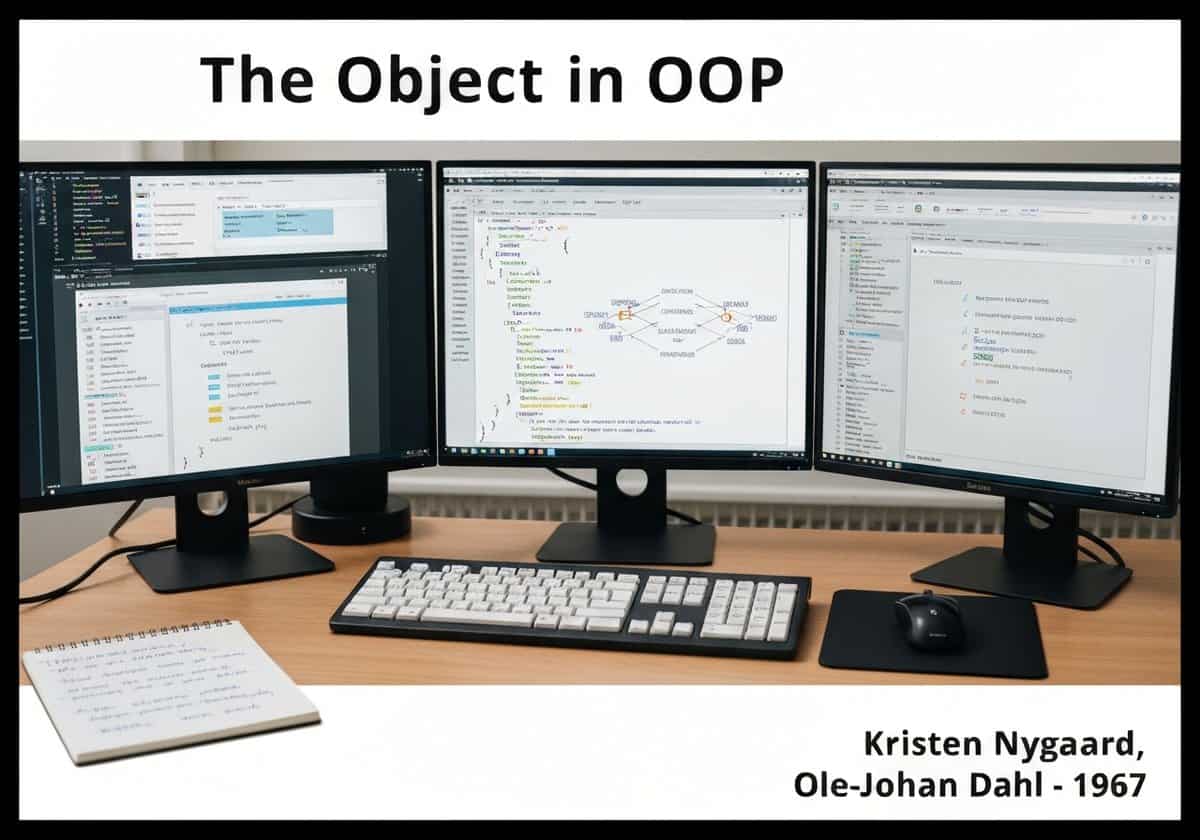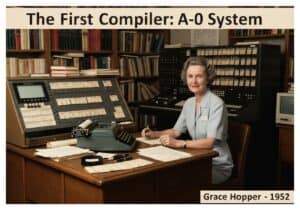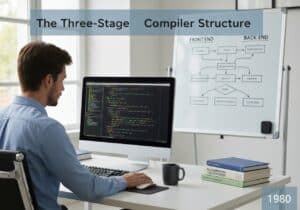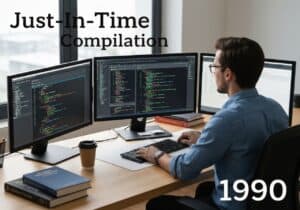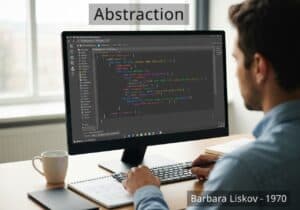In object-oriented programming (OOP), an object is a fundamental entity that bundles data (attributes or properties) and the methods (functions or procedures) that operate on that data. Objects are instances of classes, which act as blueprints. This paradigm models real-world entities, making complex systems easier to manage by grouping related state and behavior together into self-contained units.
The concept of an “object” is the cornerstone of object-oriented programming. Unlike procedural programming, which organizes code around actions or logic, OOP organizes code around data, or “objects”. An object is a self-contained unit that has a state and behavior. The state is represented by its attributes (also called fields, properties, or instance variables), which are essentially data. The behavior is defined by its methods (also called functions or procedures), which are the operations that can be performed on the object’s data. For example, a ‘Car’ object might have attributes like ‘color’, ‘speed’, and ‘fuelLevel’, and methods like ‘accelerate()’, ‘brake()’, and ‘refuel()’.
This bundling of data and methods is a key feature that distinguishes OOP. The class serves as a template or blueprint from which individual objects are created. This process is called instantiation. Each object created from the same class will have the same structure (attributes and methods), but the values of its attributes can be different, representing a unique state. This approach allows programmers to model real-world or abstract entities in a more intuitive way, leading to code that is more modular, reusable, and easier to maintain and debug. The idea originated with the Simula language, designed for creating simulations, where modeling real-world objects was a primary requirement.

